Birds play a crucial role in maintaining ecological balance, contributing to pollination, pest control, and seed dispersal. However, a concerning number of bird species are now classified as endangered. The delicate balance of nature is at risk, and it’s essential for us to take action to protect these avian wonders.
In this article, we’ll explore the world of endangered birds, understand the challenges they face, and discover how we can contribute to their conservation.
What Classifies A Bird As Endangered? List of 12 Endangered Birds!
Endangered species are those at high risk of extinction in the wild. The International Union for Conservation of Nature (IUCN) Red List highlights 192 bird species as critically endangered.
The risk of extinction affects various regions globally, with hotspots like Madagascar, Brazil’s Atlantic Forest, and the Himalayan region facing more acute challenges.
Factors such as habitat loss, climate change, pollution, and human activities contribute to their endangerment. Understanding these factors is the first step in addressing the issue.
1. Kakapo (Strigops habroptilus)
The Kakapo, an extraordinary nocturnal and flightless parrot indigenous to New Zealand, stands as a symbol of resilience and hope in the face of endangerment. With its endearing, rotund physique and moss-green plumage adorned with yellow and black markings, the Kakapo is a captivating species.
Despite its inability to fly, this parrot thrives through strong legs that aid in climbing trees during its solitary, night-time foraging expeditions for native plants, seeds, and bark.
Known for its unique booming call during the breeding season, the Kakapo’s elaborate mating arenas and quirky behavior have made it a focal point of conservation efforts by dedicated individuals striving to secure its future.
With only around 200 individuals left, urgent action is needed.
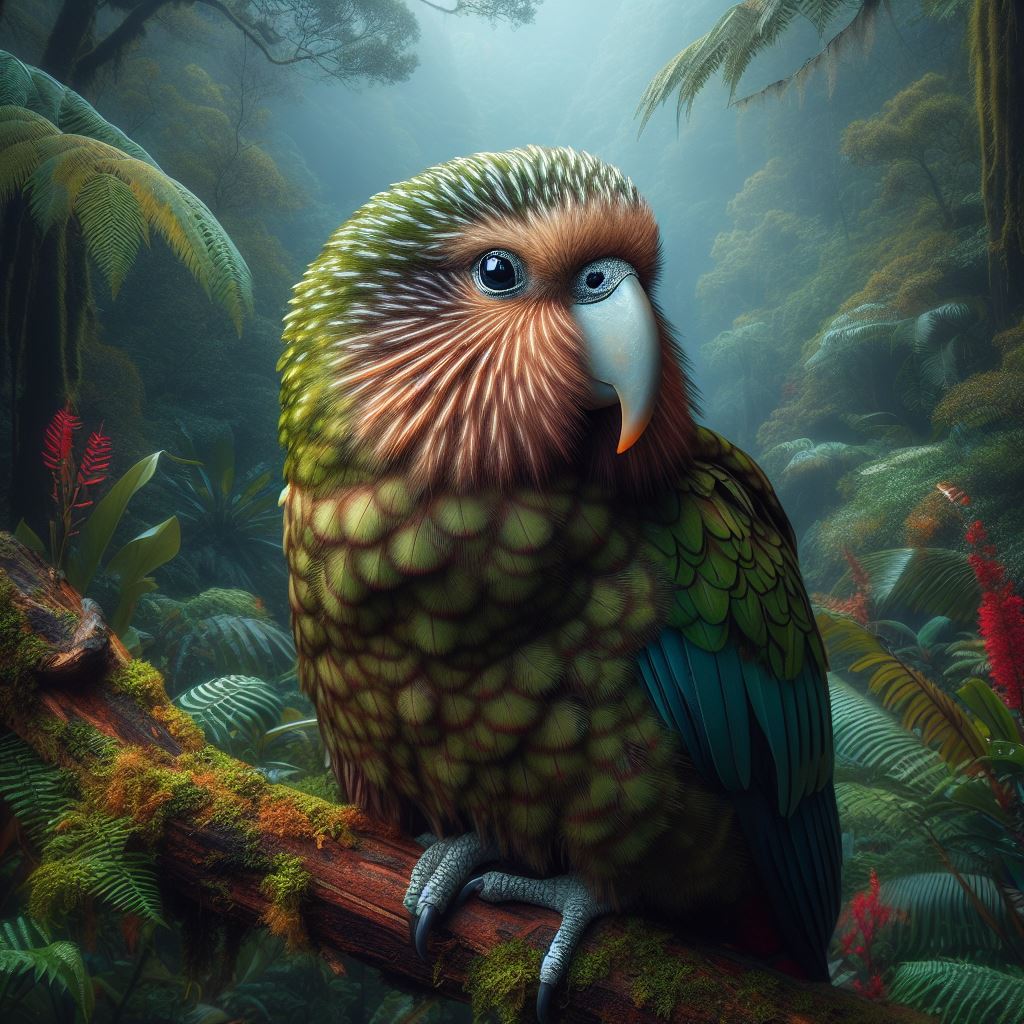
2. Fruit Dove (Ptilinopus spp.)
The Fruit Dove, a jewel of avian diversity found predominantly in Southeast Asia and Oceania, enchants observers with its vibrant plumage and essential role in ecosystem health. Comprising over 50 species, these small to medium-sized doves inhabit rainforests, contributing significantly to seed dispersal, thereby sustaining biodiversity.
With their preference for fig tree fruits, Fruit Doves exhibit a crucial role in maintaining the health of the diverse habitats they inhabit. As indicators of environmental well-being, these captivating birds underscore the delicate balance required for their survival and the preservation of the ecosystems they call home.
The Rapa fruit dove, living on Tubuai island, and the Negros fruit dove from the Philippines are critically endangered. The Rapa dove faces habitat loss and predators, with only about 250 left. The Negros dove, with less than 50 individuals, deals with threats like hunting and habitat destruction.
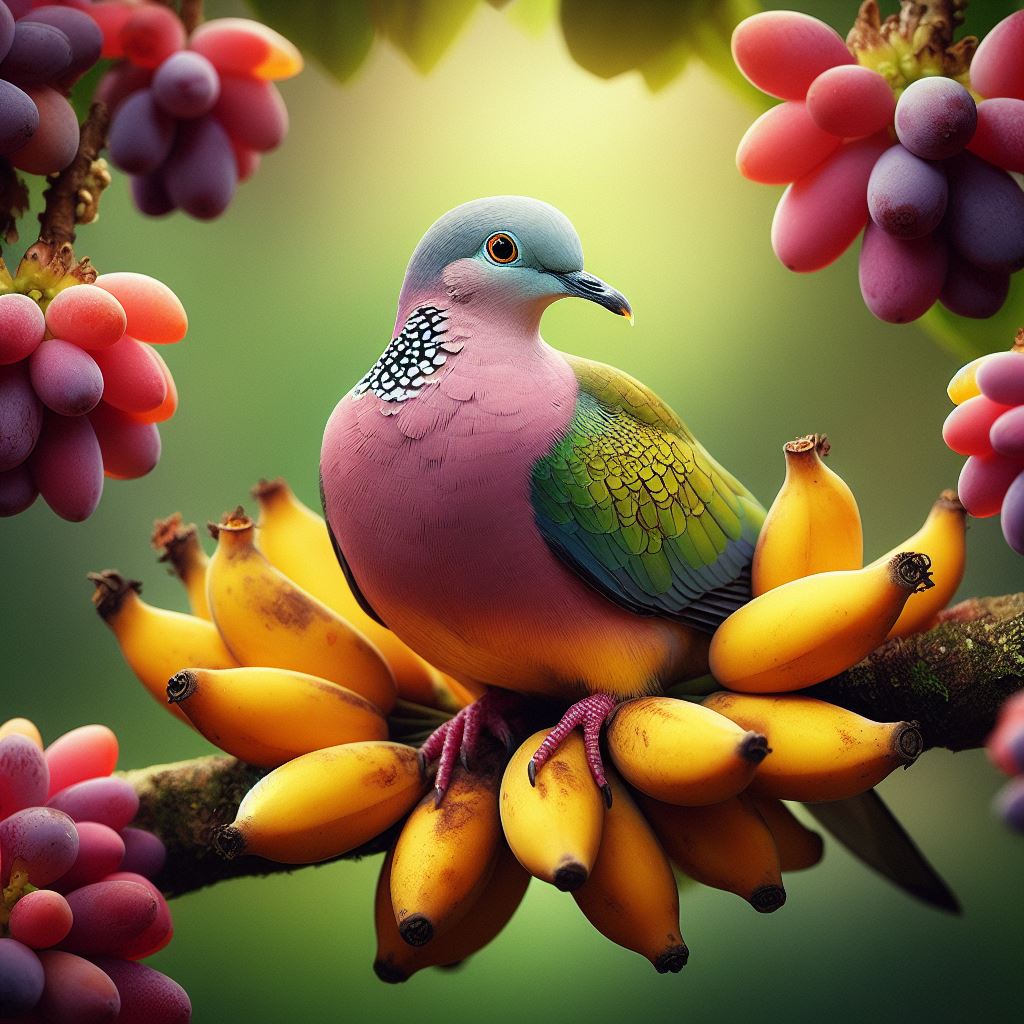
3. Kiwi (Apteryx spp.)
The Kiwi, an iconic and elusive bird native to New Zealand, possesses a distinctive charm derived from its long beak, small wings, and stout, flightless form. Comprising five species, including the North Island brown kiwi and the great spotted kiwi, each with unique characteristics, kiwis face imminent threats.
Their keen sense of smell, egg-laying capacity, and distinctive vocalizations highlight their uniqueness. Despite their charm, habitat loss, predation, and human interference pose severe challenges to their survival. There are five extant species of kiwi, all of which are threatened by habitat loss and predation by invasive mammals.
With varying conservation statuses, urgent attention is required to mitigate the impact of invasive predators and preserve these remarkable creatures for future generations.
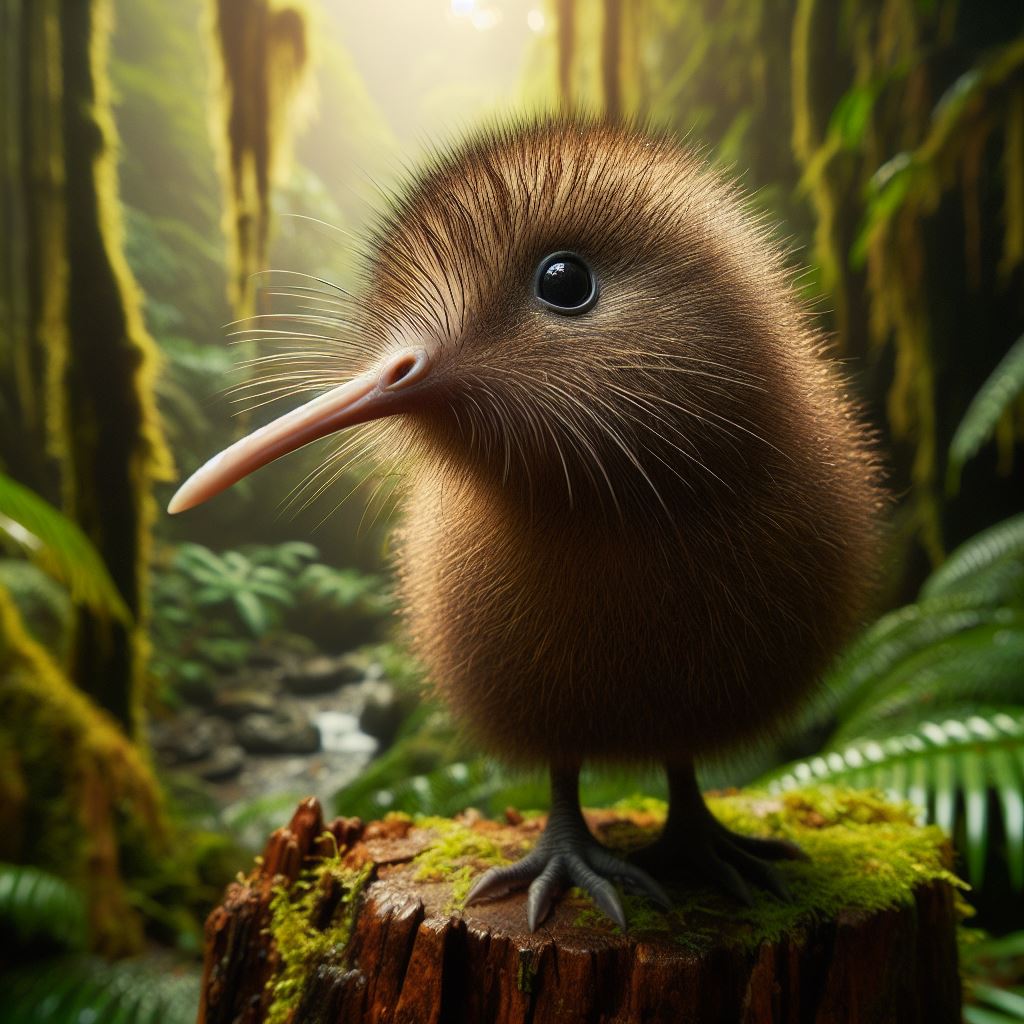
4. Hooded Grebe (Podiceps gallardoi)
The Hooded Grebe, a remarkable yet critically endangered waterbird, graces the windswept wetlands of Patagonia, Argentina, with its striking appearance.
Characterized by a black-and-white head pattern, a golden tufted ‘hood,’ and bright red eyes, this medium-sized bird faces extinction due to various threats. Inhabiting shallow freshwater lakes, the Hooded Grebe’s breeding and feeding patterns are intricately linked to seasonal fluctuations in water levels.
It is critically endangered, with only about 800 individuals left in the wild. Conservation efforts strive to protect this captivating species and address the challenges threatening its survival.
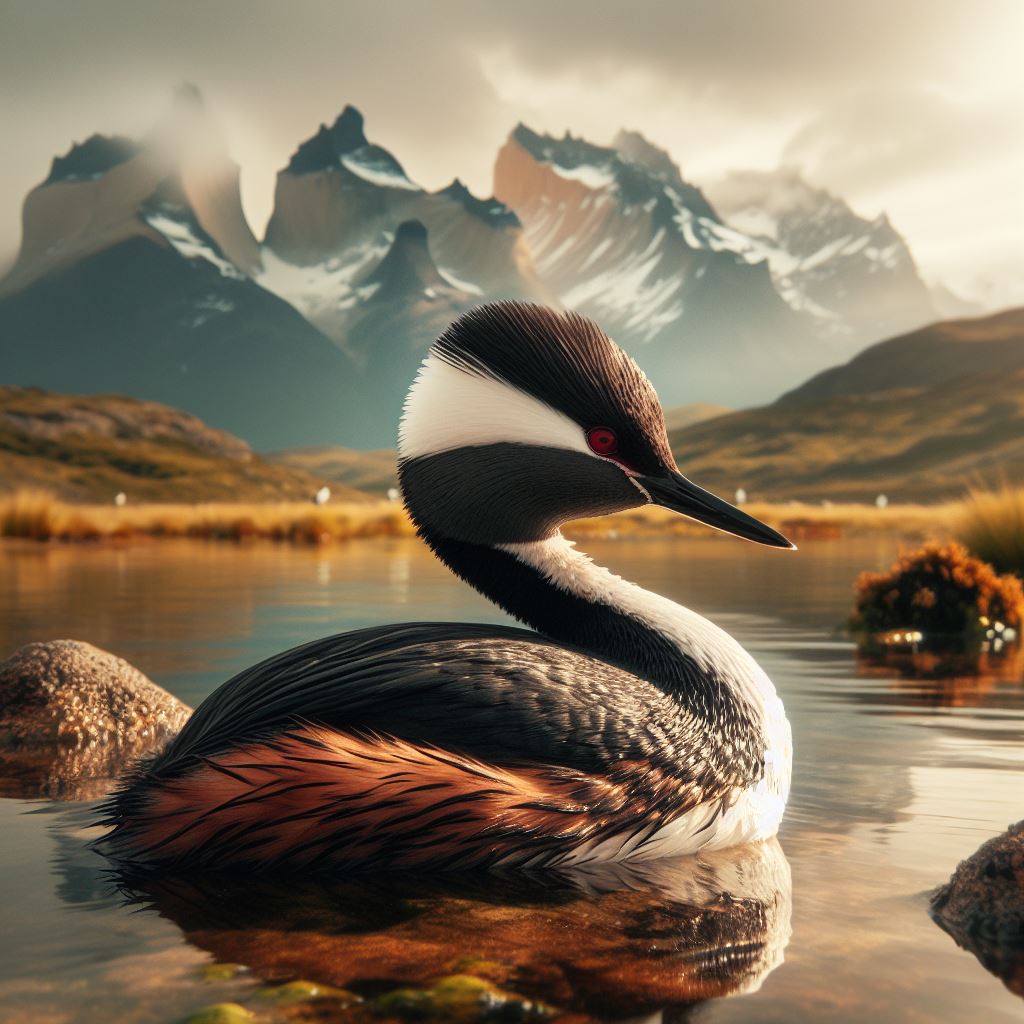
5. Snowy Owl (Bubo scandiacus)
The Snowy Owl, an iconic and majestic bird of prey, commands attention with its pristine white plumage and piercing yellow eyes. Thriving in the harsh Arctic tundra, these large raptors exhibit adaptations such as heavily feathered feet for insulation against the cold ground.
Despite their resilience, Snowy Owls confront challenges to their survival, including habitat changes and environmental disruptions. With a wingspan of up to 170 cm, these diurnal hunters migrate across the Arctic tundra during winter, facing ongoing conservation efforts to secure their existence and safeguard their critical role in maintaining ecological balance.
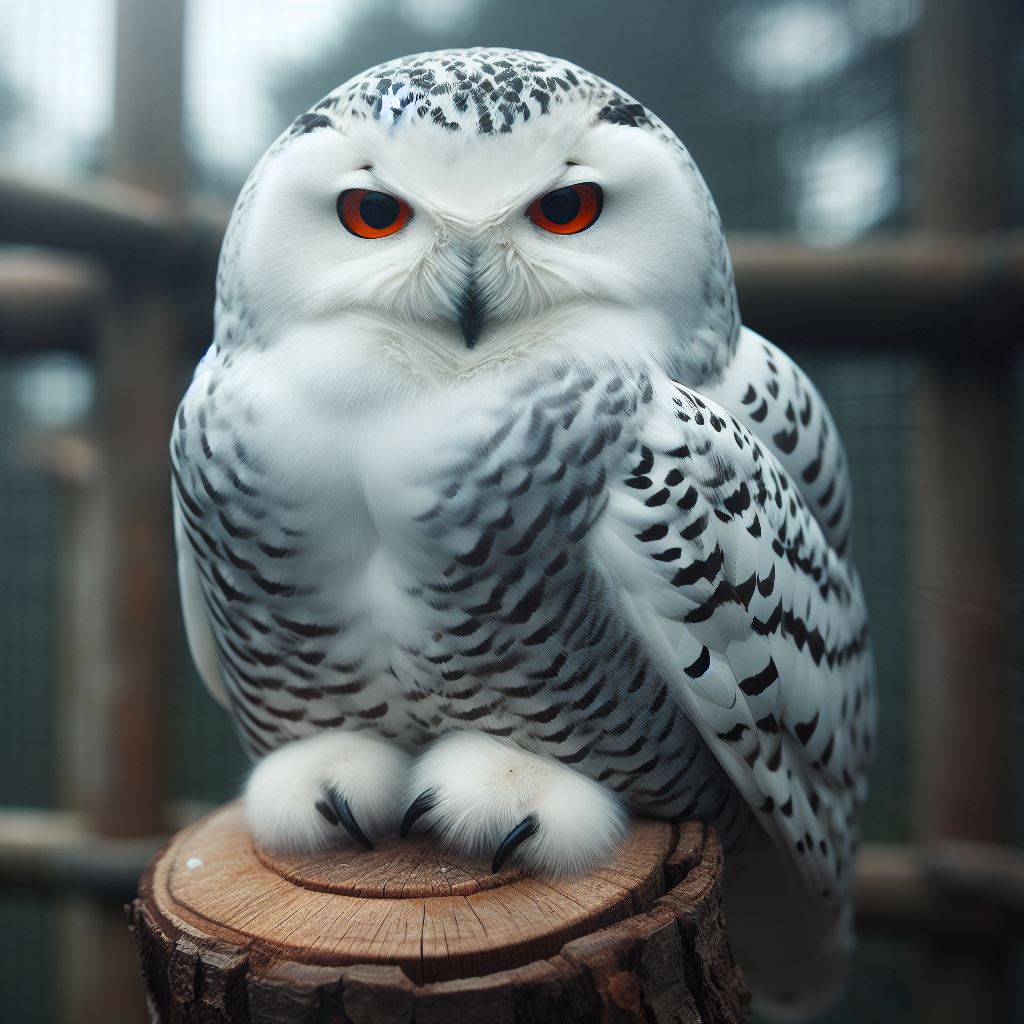
6. Great Curassow (Crax rubra)
The Great Curassow, a magnificent bird reigning in the rainforests of Central America, stands as a captivating spectacle, but it faces significant threats that demand urgent conservation actions. This striking bird exhibits a remarkable size, measuring up to 39 inches in length and weighing as much as 11 pounds. Males showcase glossy black feathers with curly crests on their heads, while females don more subdued color combinations. A shared trait among all Great Curassows is the bright yellow knob on their beaks, adding a touch of distinctiveness to their appearance.
Crax rubra finds its home in the lush rainforests, preferring lowland habitats spanning from southeastern Mexico to western Panama. Inhabiting dense forests, the Great Curassow spends a considerable amount of time on the ground and seeks refuge in trees for nesting safety.
As an omnivore, the Great Curassow has a varied diet encompassing fruits, insects, and small vertebrates. Despite its striking presence, its behavior remains somewhat understudied, with the bird maintaining an elusive nature in the wild. Forming small social groups, it communicates through a range of calls, adding an element of mystery to its behavioral patterns.
They are listed as an endangered species by the IUCN due to habitat loss and hunting.
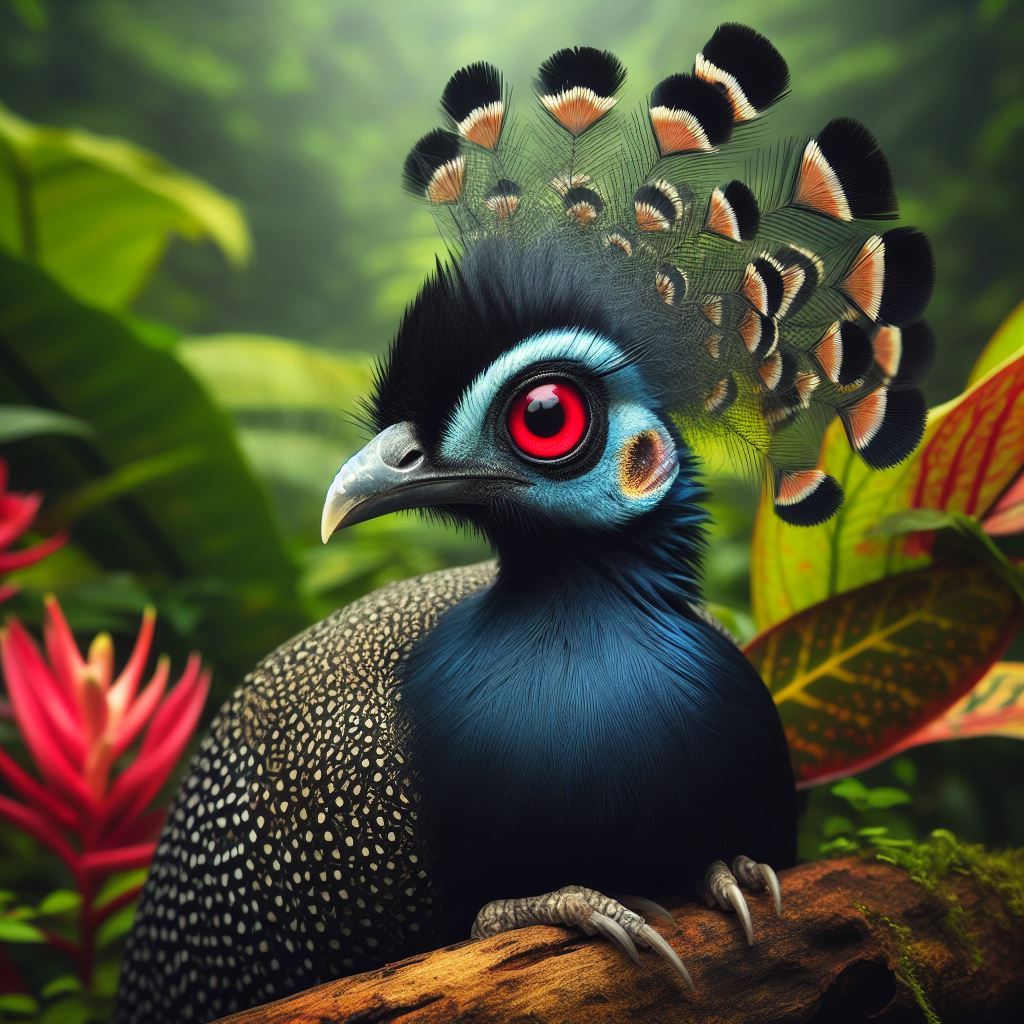
7. California Condor (Gymnogyps californianus)
The California Condor, once on the brink of extinction, now stands as a testament to successful conservation efforts. With a wingspan of up to 9.5 feet, this majestic creature graces the skies of North America, symbolizing the power of dedicated conservation initiatives.
Historically ranging from Canada to Mexico, the California Condor faced severe population decline in the late 20th century due to habitat loss, lead poisoning, and poaching.
Urgent action in 1987, when only 27 individuals remained, spurred a remarkable recovery journey.
Lots of groups, like the U.S. Fish and Wildlife Service, National Park Service, Yurok Tribe, and Ventana Wildlife Society, teamed up to help the condors. Now, there are over 300 condors in the wild and 200 in safe places. But, there are still challenges like losing homes, hitting power lines, and the danger of lead.
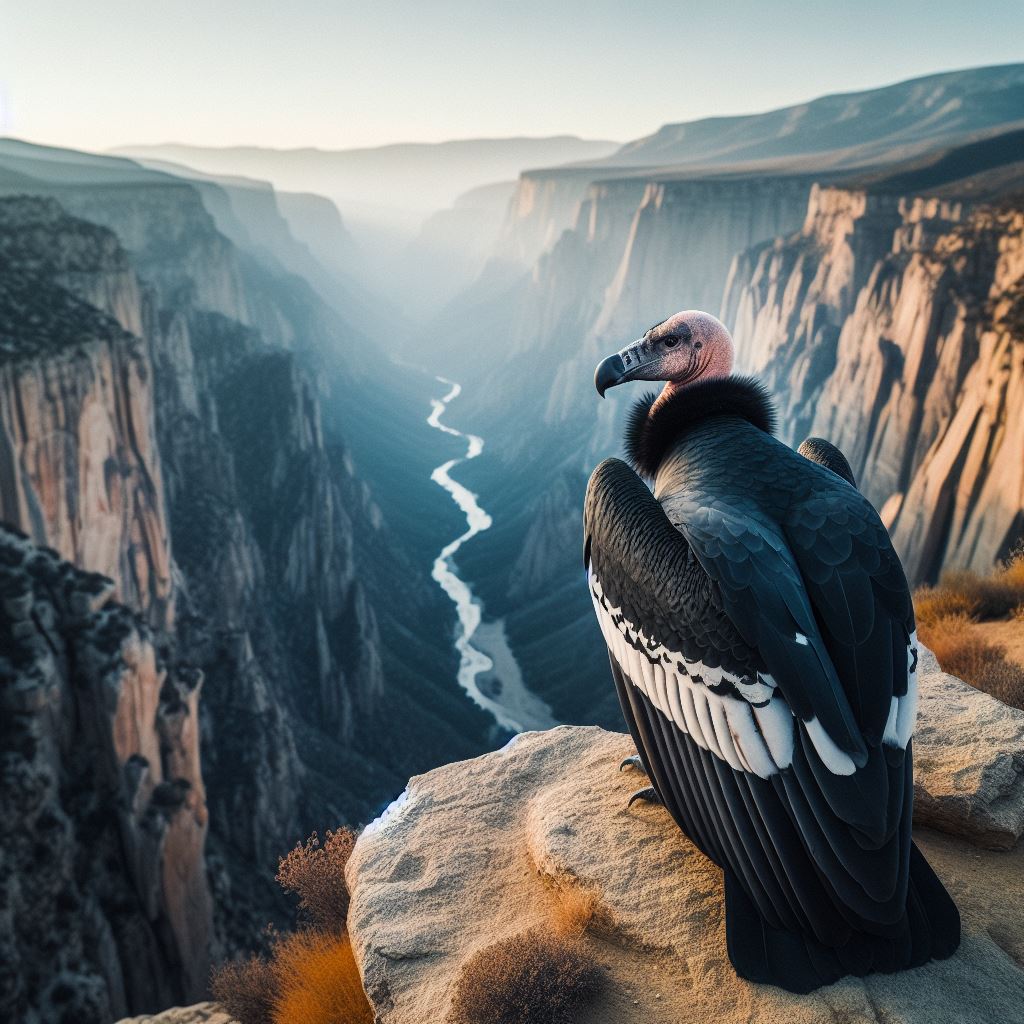
8. African Grey Parrot
The African Grey Parrot, a highly intelligent and endangered species, hails from the rainforests of West and Central Africa. Comprising distinct subspecies like the Congo African Grey and the Timneh African Grey, these medium-sized parrots have captivated the world with their mimicry, problem-solving abilities, and emotional intelligence.
Their natural habitat in dense African forests sees them exhibiting complex social behaviors, using language meaningfully, and forming deep bonds with human caretakers. Unfortunately, the African Grey Parrot faces threats due to habitat loss and illegal pet trade.
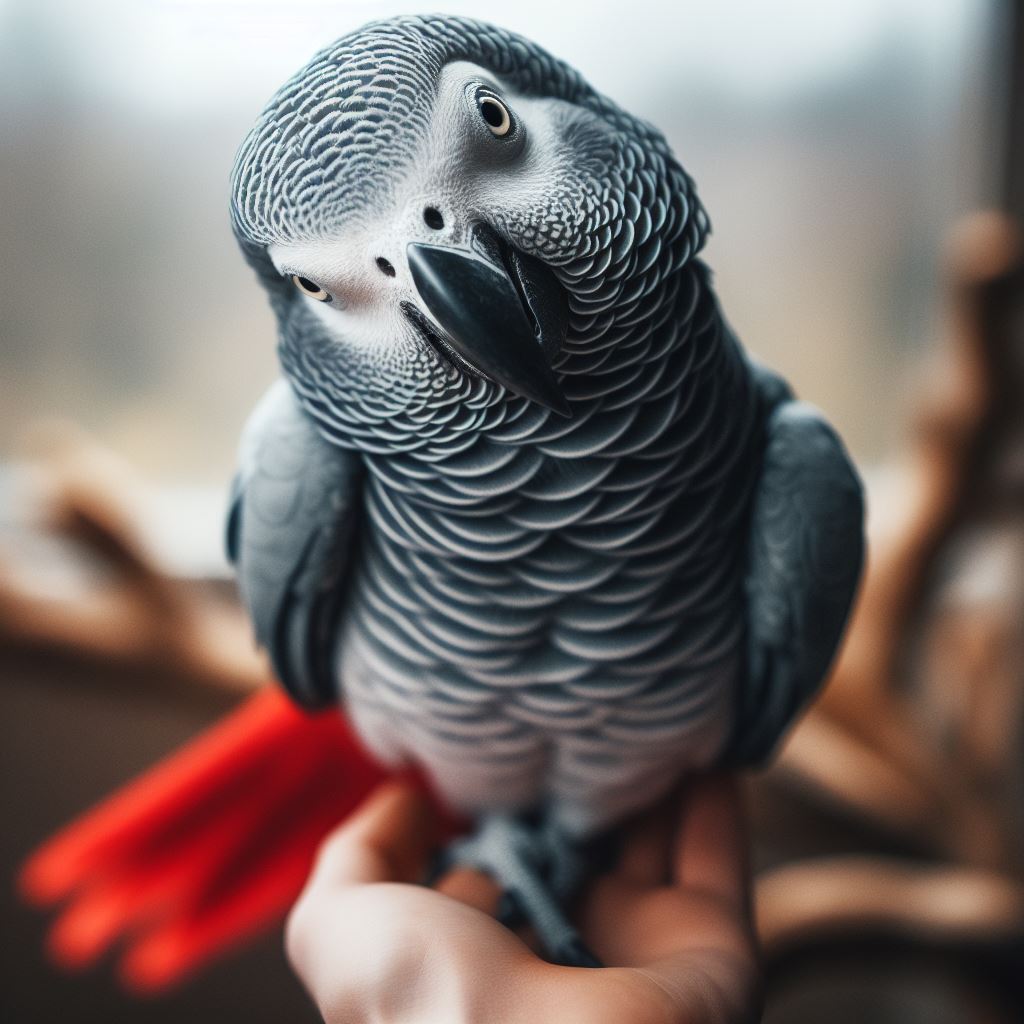
9. Northern Bald Ibis (Geronticus eremita)
The Northern Bald Ibis, with its distinctive appearance and social behavior, stands out as a unique bird species. Characterized by a large, dark body, a bald, pinkish head, and a long, curved beak, this bird faces challenges primarily stemming from habitat loss, hunting, and human activities.
Found historically throughout Europe, the Middle East, and northern Africa, the Northern Bald Ibis now primarily resides in isolated populations in Morocco, Turkey, and Syria. Its critical status emphasizes the need for conservation efforts to protect its remaining habitats and ensure its survival.
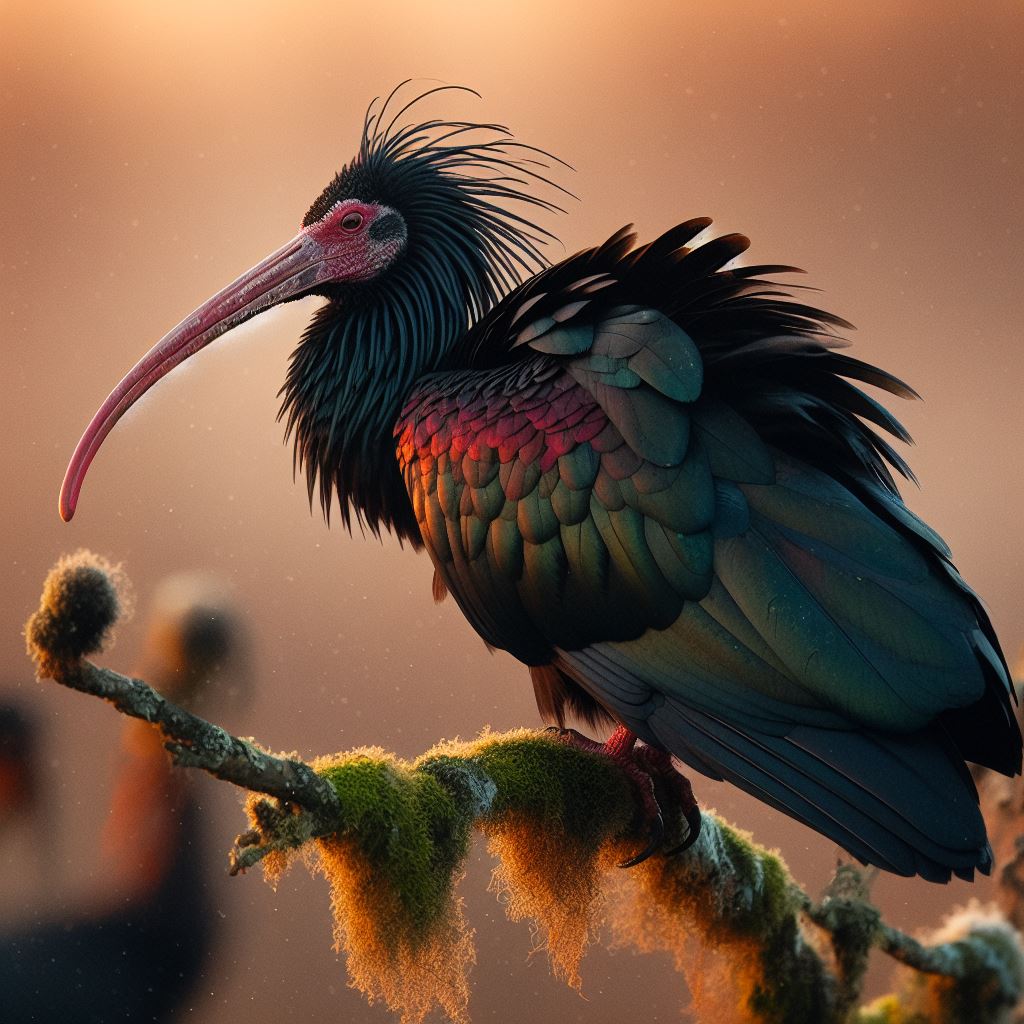
10. Ultramarine Lorikeets (Vini ultramarina)
Ultramarine Lorikeets, native to the South Pacific islands, stand out with their vibrant blue and green plumage. Measuring around 20 cm in length, these social and intelligent birds inhabit a variety of habitats, from forests to coconut plantations.
Their diet primarily consists of nectar, pollen, fruits, and insects, and their unique brush-tipped tongue allows them to extract nectar from flowers. Known for their playfulness and curious nature, Ultramarine Lorikeets face threats such as habitat loss and are valued for their beauty and interaction with humans.
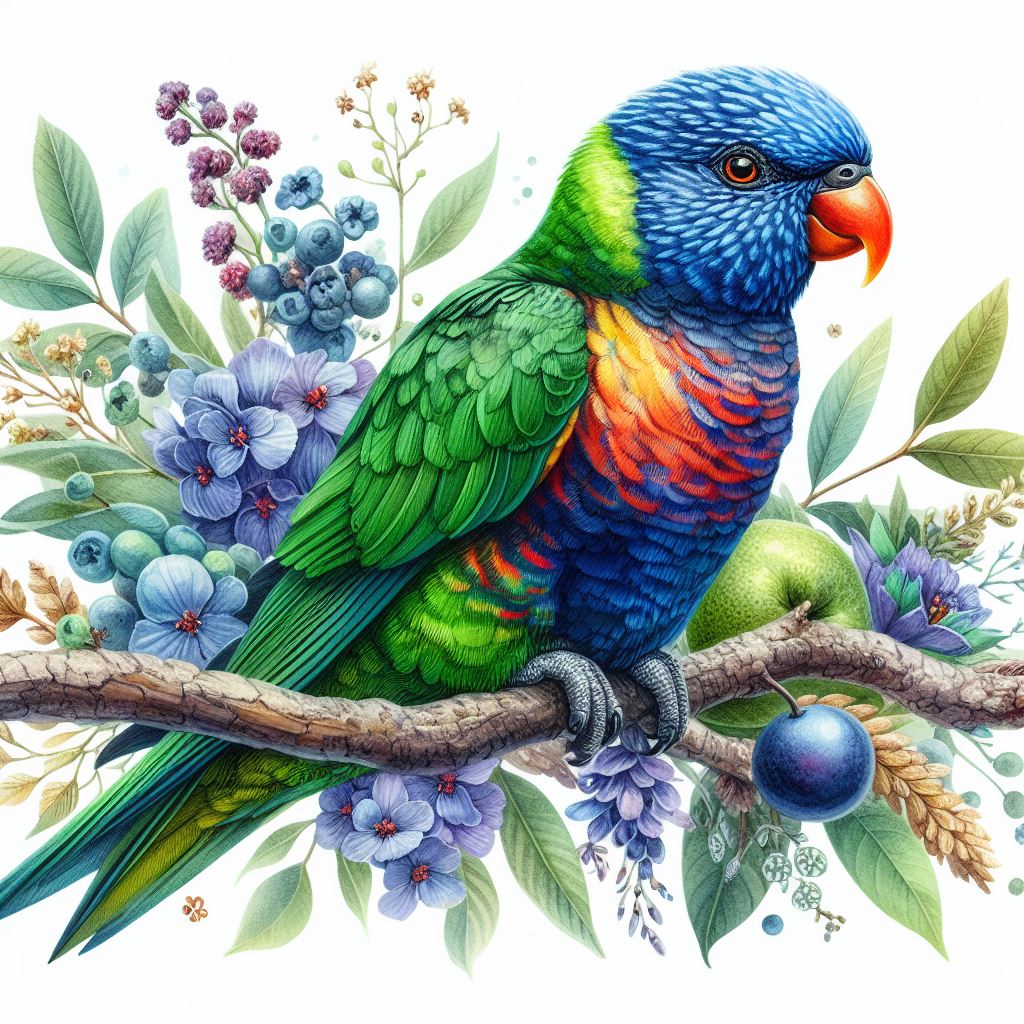
11. White-Rumped Vulture
The White-Rumped Vulture, native to the Indian subcontinent, plays a vital role in ecosystem balance as a scavenger. With a distinctive appearance featuring a white rump and belly, contrasting with dark brown plumage, this medium-sized bird faces a critical decline.
The use of the veterinary drug Diclofenac in livestock, causing fatal kidney failure in vultures, poses a severe threat. The decline in vulture populations emphasizes the need for stringent conservation measures to address the detrimental impacts of human practices.
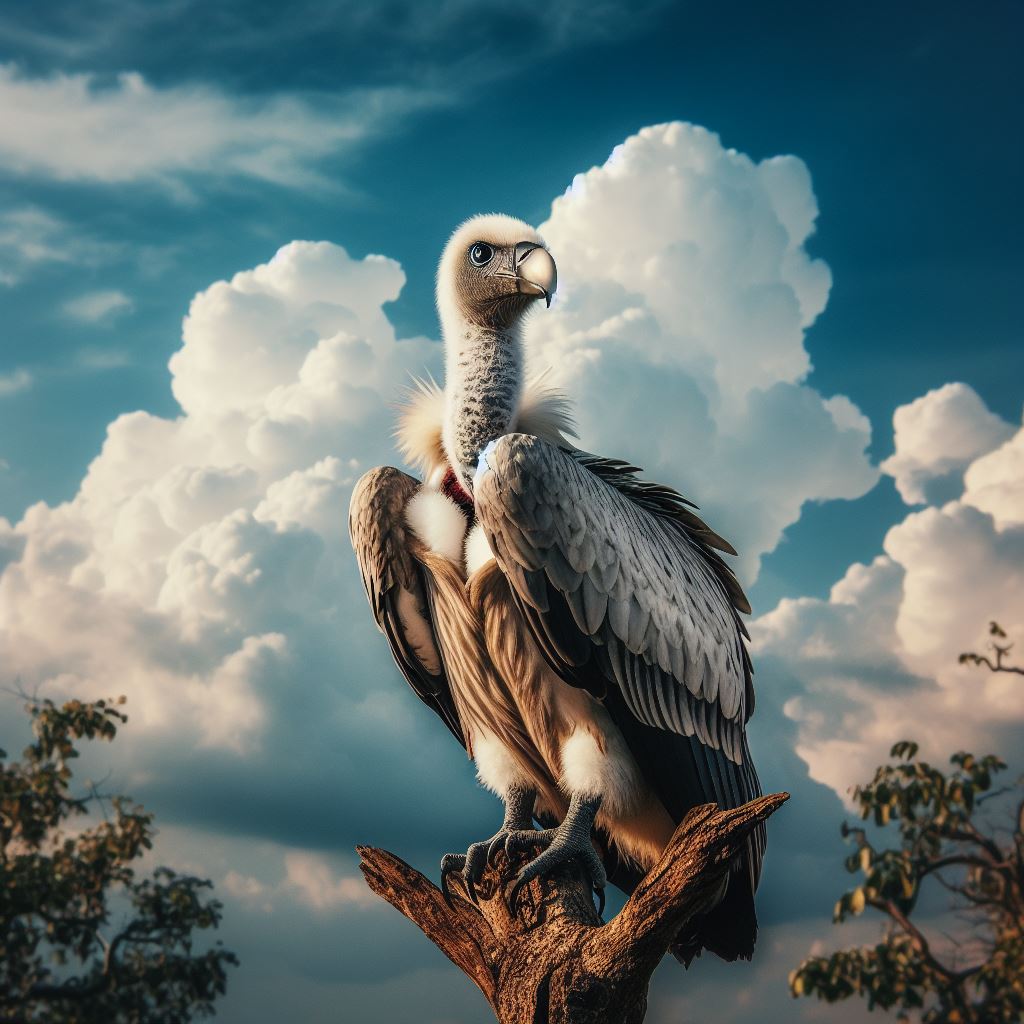
12. Regent Honeyeater
The Regent Honeyeater, a visually striking bird endemic to southeastern Australia, grapples with critical endangerment. Exhibiting black and yellow plumage, this nectarivorous species faces threats from habitat loss, fragmentation, and introduced species.
Highly mobile and known for seasonal migrations, the Regent Honeyeater plays a crucial role in pollination and ecosystem health. Conservation efforts aim to address the multifaceted challenges posed by human activities, ensuring the survival of this unique and threatened species.
The current population of Regent Honeyeaters is estimated to be less than 400 individuals.
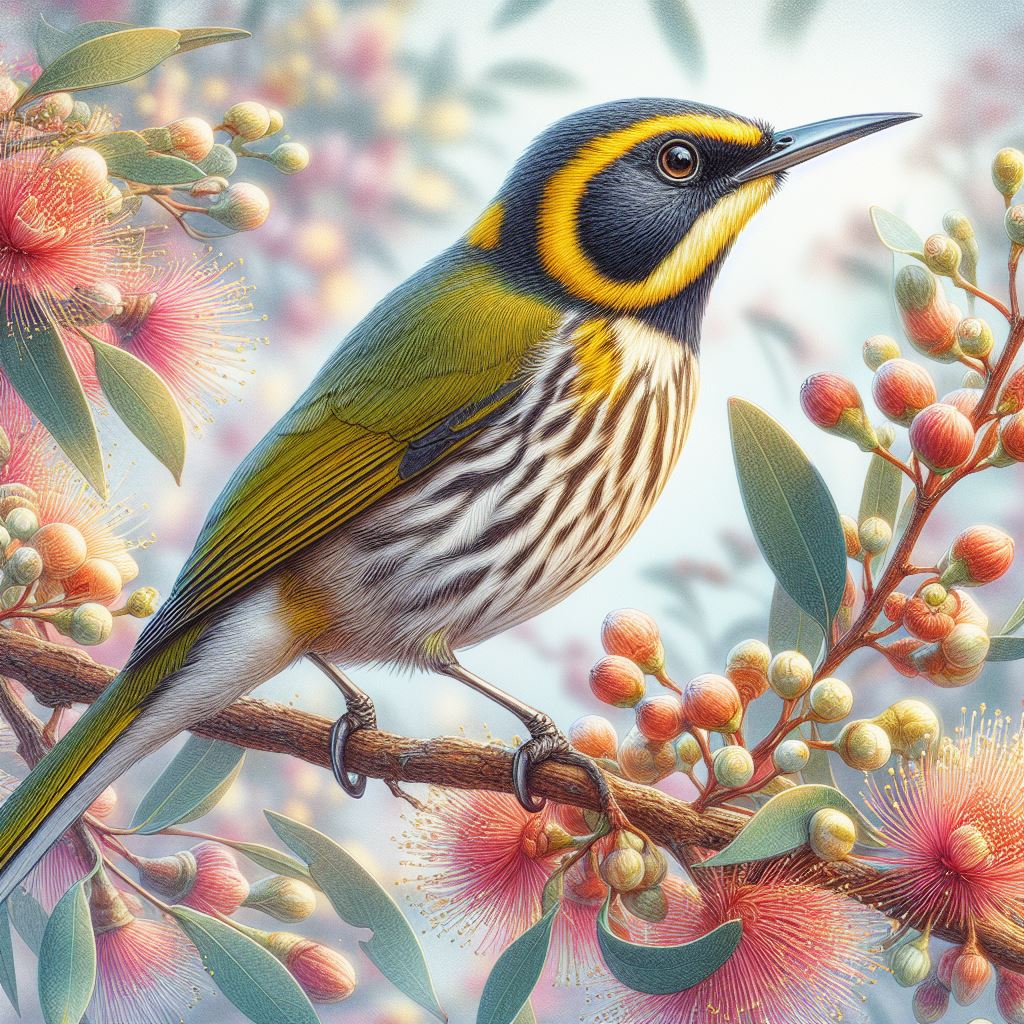
How You Can Help In The Conservation Of The Endangered Birds?
Numerous global initiatives and organizations are tirelessly working towards bird conservation. Success stories, such as the recovery of the Bald Eagle population, showcase the positive impact of concerted efforts.
By supporting these initiatives, we contribute to the protection of endangered bird species.
For instance; You can contribute to or volunteer with the the following organizations for the above-mentioned birds:
- New Zealand Department of Conservation’s Kakapo Recovery Programme
- Fruit Dove conservative on program
- Operation Nest Egg
- Kiwis for Kiwi Trust
- Aves Argentinas
- Global Grebe Conservation Programme
- World Wildlife Fund
- BirdLife International
- IUCN working to preserve the bird’s habitat
- U.S. Fish and Wildlife Service
- Ventana Wildlife Society
- Parrot rescues and organizations
- Captive breeding programs
Also Read: Where Do Wild Birds Live?
Individual Contributions to Bird Conservation
As individuals, we can play a significant role in bird conservation. Simple actions like providing bird feeders, avoiding the use of pesticides, and participating in local clean-up events contribute to creating a safer environment for birds.
Moreover, If you have pets, ensure they don’t become threats to your endangered birds like kiwi. Keep them indoors or supervised to prevent predation on vulnerable chicks.
Financial Contributions
For all species: Donate to conservation programs and initiatives specific to each bird species. This Financial support aids in habitat protection, captive breeding, and public awareness campaigns.
Educational Programs for Bird Conservation
Education is a powerful tool in raising awareness. Programs focusing on bird conservation help instill a sense of responsibility towards the environment, fostering a new generation of conservationists.
So, if you want to help endangered birds, volunteer or participate in local habitat restoration projects and community-led conservation efforts.
Join or support citizen science programs monitoring bird populations.
For instance; Support education programs that inform farmers about the dangers of Diclofenac. Encourage the use of alternative drugs that are safe for vultures.
Responsible Tourism
For birds in specific regions: If visiting areas where these birds reside, practice responsible tourism and respect local guidelines.
Government Policies and Regulations
Government policies and regulations play a vital role in bird conservation. Stringent laws against illegal hunting, logging, and habitat destruction are essential for protecting endangered bird species.
Advocate for policies that protect bird habitats, regulate illegal activities, and support conservation efforts.
Support legislative measures that ban harmful substances affecting bird populations.
Community Engagement in Bird Conservation
Local communities can make a significant impact on bird conservation. Initiatives like creating bird-friendly neighborhoods and establishing protected areas with community involvement contribute to the well-being of avian species.
Balancing Economic Development and Bird Conservation
The challenge lies in finding a balance between economic development and environmental preservation. Sustainable practices that consider the needs of both humans and birds are essential for long-term coexistence.
For instance; Practice Sustainable Forestry:
Support sustainable forestry practices. Choose products certified by organizations like the Forest Stewardship Council (FSC) to discourage destructive logging.
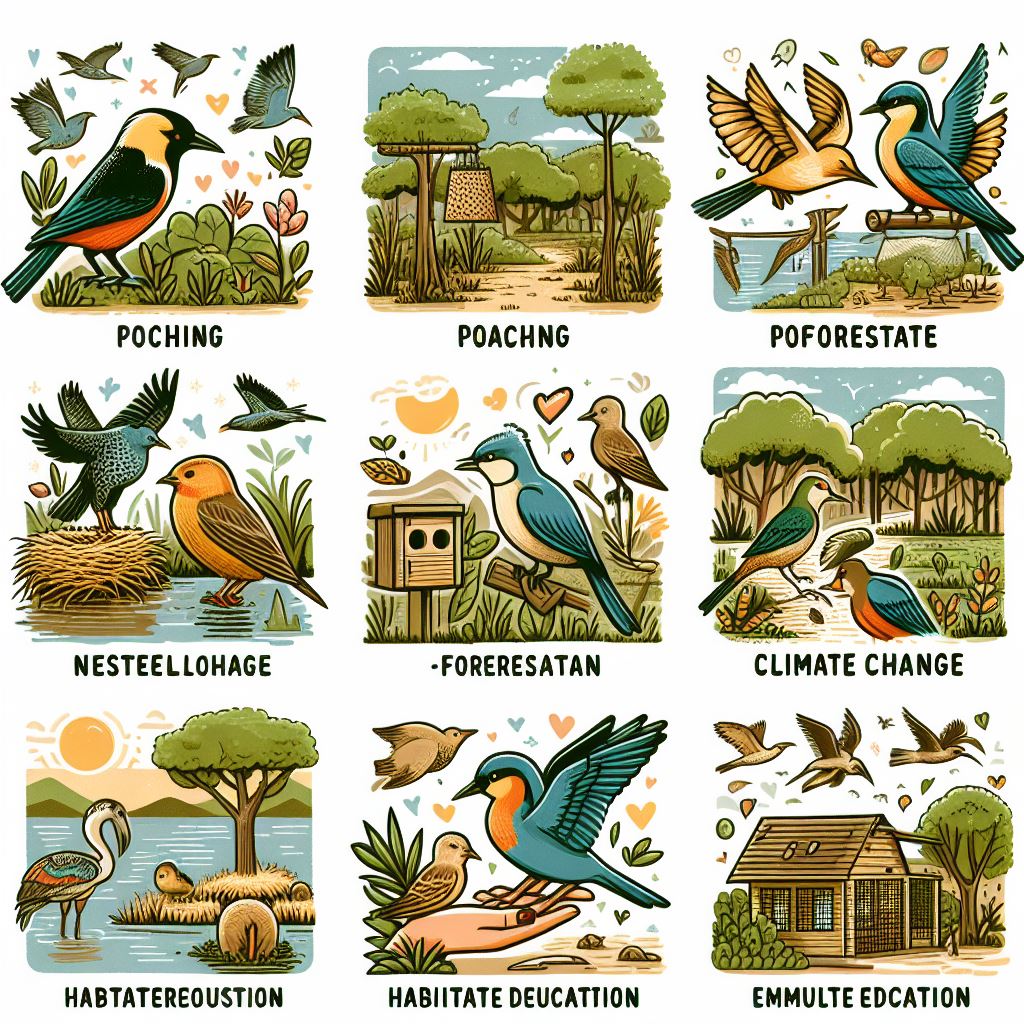
What Are The Major Threats to Bird Populations
Birds face significant threats, and here are three main reasons:
-
Human Activity:
- Habitat Loss and Degradation: Expanding human settlements destroy natural habitats, a major threat to bird populations.
- Deforestation: Clearing forests for various purposes disrupts vital bird habitats and fragments continuous environments.
- Pollution: Air, water, and soil pollution pose risks, with lead poisoning being a significant concern for birds consuming contaminated insects.
- Pesticides: Widespread pesticide use, especially harmful to insect-eating birds, results in neurological damage and death.
- Overfishing: Declining fish stocks impact birds dependent on fish for food, particularly seabirds like albatrosses and penguins.
- Illegal Hunting: Despite regulations, birds are hunted for food or trade, notably in Asia where many become pets.
-
Climate Change:
Climate change poses a major threat, affecting Arctic breeding habitats, disrupting migration patterns, causing malnutrition, and facilitating the spread of diseases like avian malaria.
-
Invasive Species:
Invasive species, not native to an area, harm local ecosystems, competing for resources, spreading diseases, and preying on birds. Rising temperatures worsen the issue by expanding the range of invasive species.
Also Read: What’s the Lifespan of the Wild Birds?
Conclusion
Endangered birds need our help urgently. We learned they’re at risk because of things like losing their homes and climate change. But we can make a difference.
By doing simple things like making bird-friendly spaces and supporting laws to protect birds, everyone can help. It’s not just a job for big organizations; individuals and communities matter too.
Let’s act now to keep our skies filled with the beauty of different birds. Each small effort, from cleaning up local areas to supporting global initiatives, adds up. We have the power to make sure future generations get to enjoy the colorful and melodious world of birds. Together, let’s be good caretakers of our environment and the wonderful birds we share it with.
FAQs (Frequently Asked Questions)
How can I contribute to bird conservation on a personal level?
You can contribute by providing bird-friendly habitats, avoiding pesticide use, and supporting local conservation organizations.
Do technological advancements really help in bird conservation?
Yes, technologies like satellite tracking and acoustic monitoring provide valuable data, aiding researchers in conservation efforts.
Why is community engagement important in bird conservation?
Local communities play a vital role in protecting bird habitats and creating awareness, fostering a sense of responsibility for the environment.
How can I stay informed about ongoing bird conservation efforts?
You can stay informed through reputable conservation websites, joining birdwatching groups, and participating in citizen science projects.

Greetings! I am the pet whisperer and furry aficionado, transforming an enduring love for our four-legged friends into an all-encompassing journey. Fascinating fact: 94% of pet owners typically smile more than once a day due to their pets – now that’s something to wag a tail about! With my in-depth expertise, I share engaging tales of pet ownership and offer smart, personalized solutions for a spectrum of pet needs.

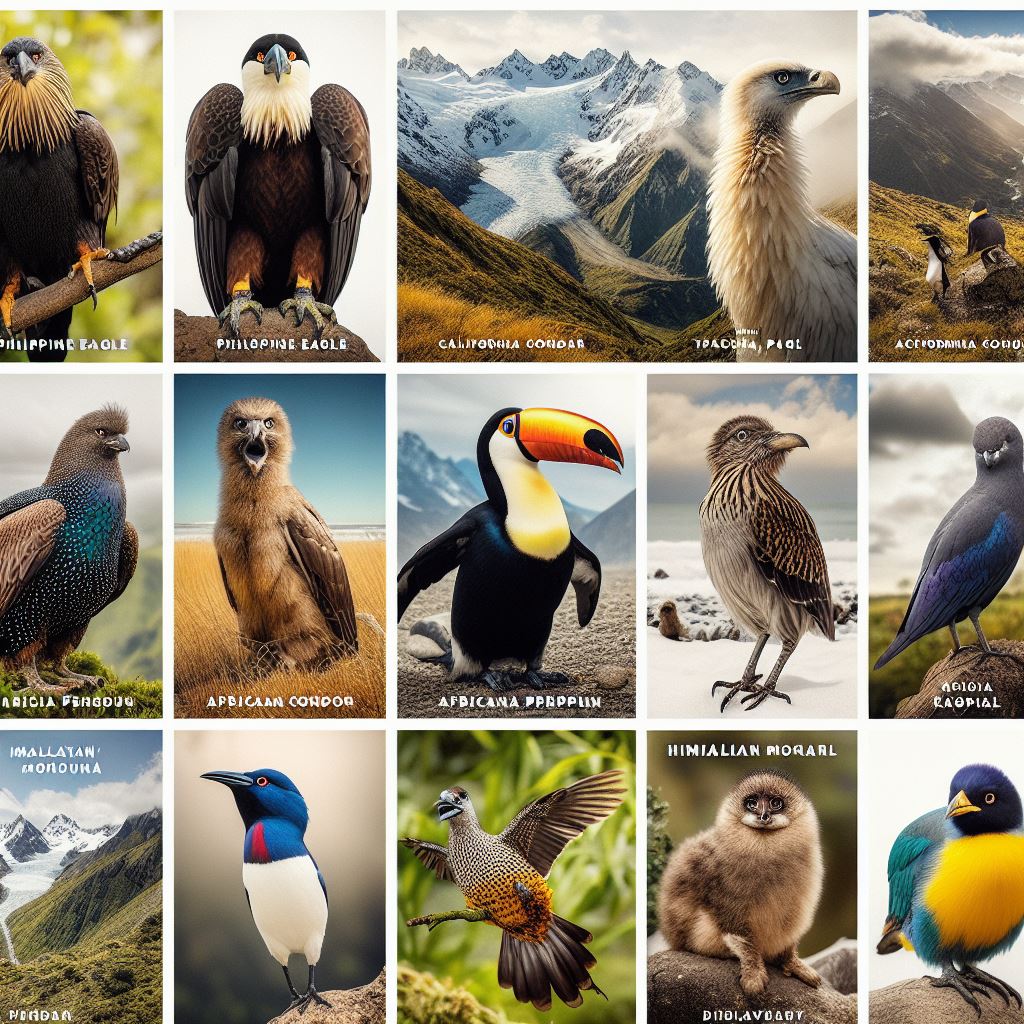
Comments are closed